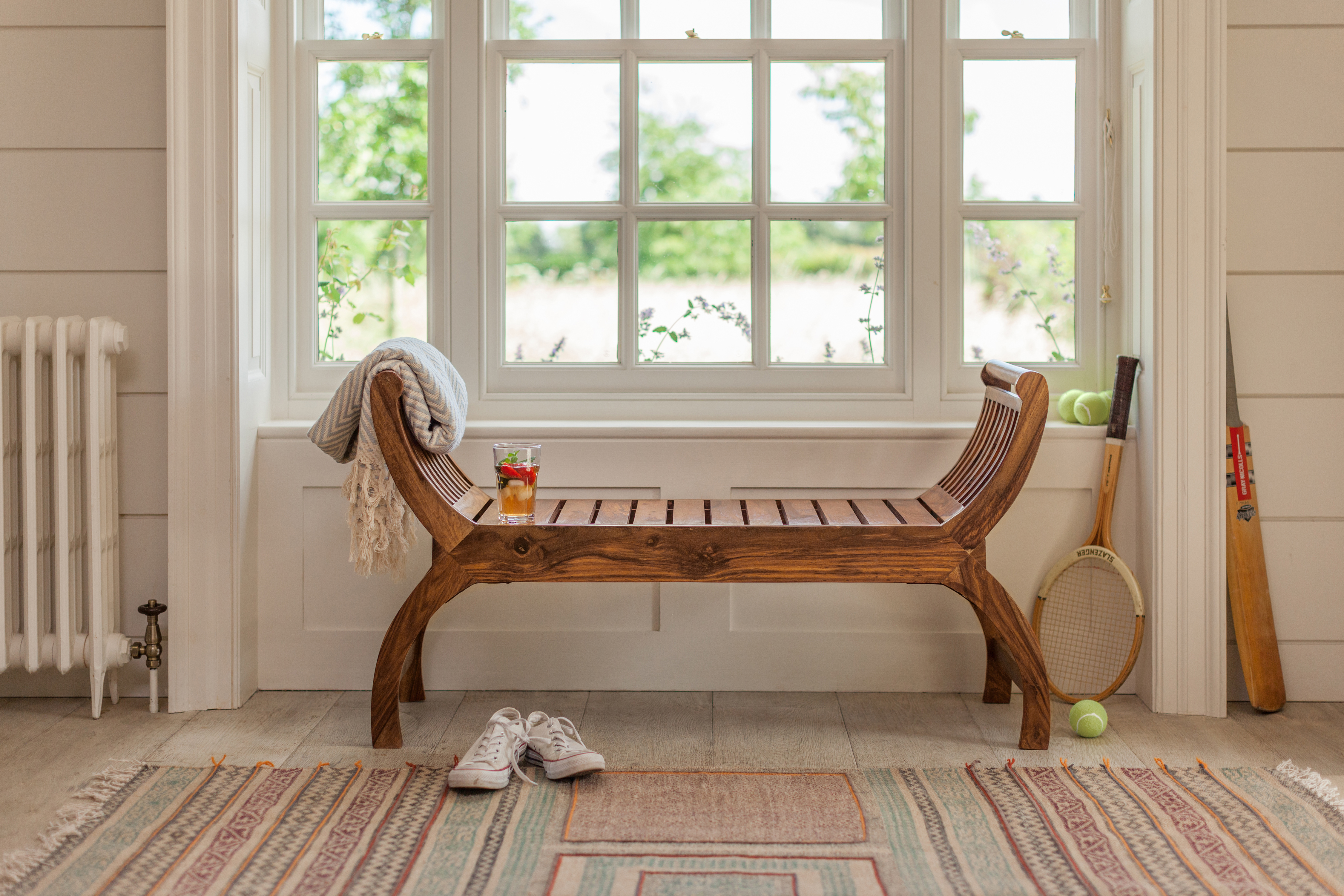Sustainable furniture is a top priority for shoppers but better regulation is needed
Consumers increasingly driven to buy furniture that's sustainably made – but what does that mean in practice?

Many people are increasingly concerned about the sustainability of their home-related purchases, and their number is growing. A recent global study has found that three out of four millennials consider sustainability to be the top priority when they shop; this is up from about 50 per cent back in 2014.
Sustainability has become something of a buzzword, but how does it translate into buying furniture? When it comes to buying wooden furniture in particular, there are lots of grey areas that can be difficult for a consumer to navigate. For example, although there is the Timber Procurement Policy in the UK, WWF research from 2015 found that only 10 per cent of timber deliveries were checked for compliance. This means that ensuring that furniture is made from sustainable timber is largely left for individual companies to enforce.
There is, however, a growing number of independent organisations that assess the sustainability of furniture products. One of them is the Ethical Company Organisation (ECO), which runs The Good Shopping Guide – with a dedicated section on ethical furniture. Consumers can clearly see how different retailers score on the organisation's sustainability assessment, and include many major high street furniture retailers. As the ECO guidelines to shopping sustainably make clear, just because timber has been imported into the EU legally, it doesn't mean that it's from sustainably managed forests. Checking that the company's timber is FSC-certified is the best practice, as well as avoiding timber that comes from the Amazonian basin, where illegal logging is rife.
US readers may want to consult the Sustainable Furnishing Council, who have their own assessment programme called 'What's it made of?', as well as a 'Wood Furniture Storecard', which is their seal of approval for wood furniture manufacturers.
While a large component of sustainability is the impact of a particular production method on ecosystems, the concept also includes the conditions of labour under which products are made. We all know about the Fair Trade label nowadays, but it doesn't apply to all industries, and furniture manufacturing doesn't show consistent participation in the programme. Again, for the consumer this means going to independent organisations that specialise in monitoring particular industries. For example, Good Weave are committed to ending child labour in rug manufacturing, and buying a rug or carpet with their label is a good way to ensure it's sustainably made.
If sourcing ethical products individually sounds exhausting, there are furniture retailers that are putting sustainability first in their product sourcing – and that make their policies and priorities very transparent. For example, London-based Adventures in Furniture will not only tell you about where the materials for their pieces are sourced, but also where the item was made and what the workshop conditions are like. Another furniture company dedicated to sustainability is Myakka (see lead picture), who have gained an Ethical Accreditation from The Ethical Company Organisation.
Buying sustainably still requires a fair bit of research and effort – but with so many of us prepared to make it, and clearly prioritising ethics when buying homewares, more and more companies will work harder to satisfy the demand for ethical products.
Get small space home decor ideas, celeb inspiration, DIY tips and more, straight to your inbox!
- Find more eco know-how on our dedicated hub page
Anna is a professional writer with many years of experience. She has a passion for contemporary home decor and gardening. She covers a range of topics, from practical advice to interior and garden design.